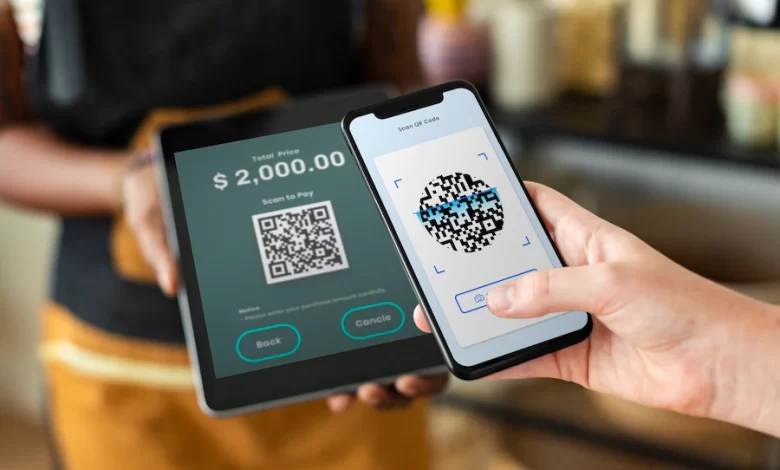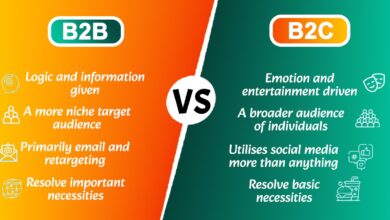Understanding Your Ecommerce Payment Method Options

When you make the decision to launch an online store, it’s an exciting time. You’re probably thinking about the clients, the sales you’ll make, and the fact that you’ll have an online and digital company. It’s a very joyful time. It’s time to start delving into the nuances of managing an online store.
Selecting a payment processor, or the payment engine that will handle consumer payments and transport the money to your designated bank account, is one of the most difficult processes. This becomes pretty complicated, but many of the available e-commerce platforms, like Shopify, will manage this process for you.
You might, however, belong to the sizable population who, for one reason or another, cannot rely on the Shopify payments system. It is now time to begin looking at the options, and there are lots of options. And this is when things start to get tricky, so speaking with an expert might be helpful at this point. However, it’s a procedure that you can handle on your own.
The Gateway for Payment
The ideal option for creating an e-commerce website is to use the integrated features of a platform like Shopify, and to a lesser extent, Etsy and Squarespace. The numerous structural components that guarantee security, functionality, and integrity in an e-commerce business are offered by an all-in-one managed system. Let’s examine the simplicity and complexity of the two primary components that make up the payment processing function.
If choosing an all-in-one payment provider or a single payment processing provider is not a possibility, we will need to become familiar with the payment gateway and make decisions about which services to use for our online business. For its customers who have merchant accounts, banks typically offer separate payment gateways. Additionally, you can ask your bank for help in setting up the payment gateway.
The routing infrastructure that checks for fraud and transaction integrity, as well as other payment options required to process a transaction, are all connected to your store by a network of technology known as the payment gateway. These payment networks include Amex, Visa, MasterCard, and various other forms of payment that your customers will be using.
Most of the time, if you’re dealing with a merchant account provider (described below), they might also be able to give you access to their own designated or suggested payment gateway. I recently worked on a client project where we were unable to use Shopify’s payment infrastructure. As a result, we established a partnership with a merchant account provider who suggested using their payment gateway. That’s exactly what we did.
The provision of Merchant Accounts
If you’re not using an all-in-one platform like Shopify, Etsy, or Shopify for your online store, you’ll need to be familiar with a merchant account provider. A merchant account is where all of the money from your store’s transactions will be kept until it is transferred to your business bank account. There may occasionally be a misunderstanding between this and your company bank account because they are distinct.
The specific distinction is that when a transaction occurs on your online business, money initially goes to a merchant account before it is sent to your bank account. The rationale being that routing transactions into a bank account continuously if you are receiving transactions every minute is inefficient. As a result, a merchant account temporarily holds it before transferring the entire batch of payments to the authorised business bank account.
Again, the ideal choice is to locate and collaborate with a single provider payment processor. Today, selling certain things that an all-in-one payment processor may not offer is typically the only scenario where you might not be able to work with one supplier payment processor. Due to a client’s problem, it took a little longer for us to build a working relationship with a third-party merchant account provider and payment gateway partners.
Processor for Integrated Payments
A payment processor that combines a merchant account with a payment gateway to offer a comprehensive solution is known as an integrated payment system. We are in a really fortunate period where there are many platforms that provide us with both the e-commerce infrastructure and a single integrated payment system. For instance, Shopify, Etsy, Squarespace, Magento’s business edition, and even WordPress provide all of this in a single bundle.
Furthermore, Stripe, which I previously wrote about, is the perfect choice if you only need the payment functionality and not the e-commerce component. You can use the entire payment stack provided by Stripe for your e-commerce firm.
The following summary will assist you in deciding which payment processing system is ideal for your offline or internet business.
Examine your alternatives when deciding whether your store needs a payment gateway or merchant account provider separately or if an integrated payment processor would be preferable.
Although convenience is provided by online payments like Shopify Pay, Paypal, and others, transaction costs should also be taken into account. Typically, each service sets their own prices.
Trend in e-commerce
Careful preparation, an awareness of the target market, and a web presence that expertly exposes the company to the visitor and assists them in finding what they were looking for are the keys to a great eCommerce purchasing experience. Relevance is the key to successful eCommerce, more so than ever as companies fight for customers.
The way people use the internet will alter in 2020. Datareportal estimates that 4.66 billion individuals, an increase of 316 million from the same period in 2020, were online in January 2021. Now at 59.9%, the worldwide internet reach.
Businesses and individuals started using the internet last year for purposes other than social media and communication. The internet made a variety of activities possible, including shopping, education, conferences, remote work, and telemedicine.
Many firms, especially tiny ones that could survive, transferred their transactions online as the lockdown restrictions persisted and the economic crisis worsened. eCommerce, which was previously associated with specific retail categories, grew in importance. A report from The Organization for Economic Cooperation and Development states that sales of food services between February and April 2020 decreased 7.7% from the same time in 2019. However, sales at grocery shops and online retailers or providers climbed by 16% and 14.8%, respectively, in 2020.
Current developments in eCommerce payments
Given the availability of contactless transactions and deliveries, eCommerce appears to offer the ideal solution. As the world continues to fight COVID-19, customers expect increased safety and measures, even from traditional brick-and-mortar stores. Payments may still be made online, and things may be picked up in a secure way using contactless technology.
Payment that is quicker and contactless
In order for visitors and consumers to feel confident about the transaction, payment methods must be quick and contactless. Businesses must make sure that transactions occur quickly and without issues if they are to be successful.
Streamlined and uncomplicated gateways
Customers’ trust and loyalty can be increased by using reputable procedures and straightforward actions that lead to payment clearance. When there are too many options available at the checkout or payment point, customers may lose patience and interest and decide not to make a purchase. If it occurs more than once, it may also alienate repeat customers.
Secure transactions and trustworthy navigation
The minor anxiety that comes with the delay between authorising payment and receiving acknowledgement is something that almost every client who has done any online shopping has experienced. Websites that offer a safe, uninterrupted experience benefit from increased customer loyalty while also improving visitor satisfaction. The navigation to the payment gateway is simple, which improves the online purchase experience.
Source: ecommerce payment solution , ecommerce payment gateway




